From the towering hairstyles of the early 18th century to the famous Farah Faucet of the 70s and the trending beach waves of today, women have used various tools to style their hair and achieve their desired looks. Hair styling has been an integral part of fashion for centuries and the several trends and evolution of tools used to curate these trends over the years is a solid proof of it.
Carved out of wood, ivory, and even bones, combs and brushes are among the earliest hairstyling tools. They were used to detangle and groom the hair, along with adding volume.
Mass production of combs and brushes began in the 18th century with the help of new manufacturing methods, increasing availability, and affordability.
Modern combs and brushes are manufactured in wood, metal, plastic, and different shapes and sizes to suit hair types.
Today a staple hair styling tool in homes and salons, a curling iron became prominent in the 18th century and revolutionized how the hair was carried. Women curled their hair using hot metal tongs. These tongs, heated over an open flame, were cumbersome and challenging to operate.
With the popularity of tight curls over the head, an actual curling iron was introduced in the 19th century, with a hinged clamp used to hold the hair in place while being heated.
The modern curling iron was invented in the 20th century, featuring hair-conducting materials such as ceramic, tourmaline, and aluminum.
Following up on the design, many technological advancements have been made, including several heat settings and the addition of materials like titanium, gold, pearl, and various replaceable barrels. They have also become more practical to use due to the development of cordless, portable, and automatic curling irons. Some best-selling modern brands are Byrdie, Pritech, Conair, Kristin Ess, etc.

Early hair dryers of the 1800s were powered by gas. Yet the process was slow and inefficient. The first electric hair dryer was developed in the 20th century, featuring a hose fastened to a bonnet or hood.
Although these dryers were an improvement over the gas-powered models, they were still quite difficult to operate and took a lot of time.
The present-day handheld hair dryer wasn’t created until the 1950s. Due to high-velocity airflow, these dryers dried hair more quickly than their predecessors and were much smaller and more portable.
Since then, there have been several technological developments. Many materials are used to manufacture dryers, including plastic, metal, and ceramic. They also have a variety of heat and airflow settings, as well as extra features like ionic technology and style accessories. Recommended brands for hair dryers that give the best results include Panasonic, Dyson.

Just like its contemporaries, hair straighteners of the early centuries were time-consuming and unwieldy. They lacked temperature controls and were a hassle to use.
Modern straighteners weren’t created until the first decade of the 20th century. This brand-new straightener included heat-conducting plates made of aluminum, ceramic, or tourmaline, as well as a temperature control that enables more accurate and reliable heating. Flattening and improving the ergonomics of the plates made them easier to operate.
With further advancements, the straighteners available today come in different materials, technology such as infrared and negative ion technology, that aids in reducing hair damage. Other features include various heat settings, plates, and designs, including slim and broad plates.
One of the fast-growing hair straightener brand is Pritech, owning the most extended warranty with the option of choosing between ceramic and titanium plates. Other brands include Remington, FHI, HSI.
From the earliest combs and brushes made of natural materials to modern electronic and cordless tools, the history of women’s hair styling tools is a vast and fascinating one. Your hair affects your appearance and can convey your personality, sense of style, and at times even your cultural or social identity making it an essential aspect of personal grooming and personality development.


